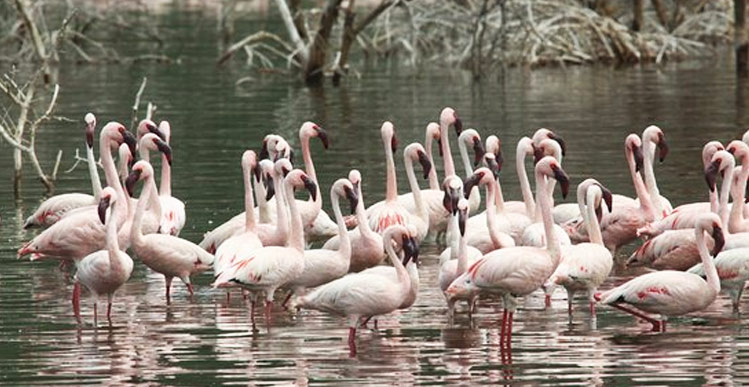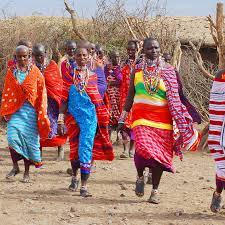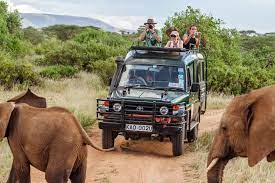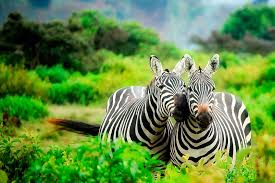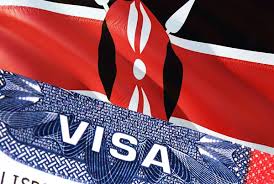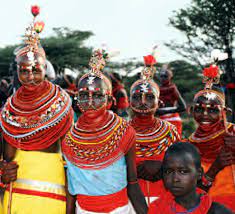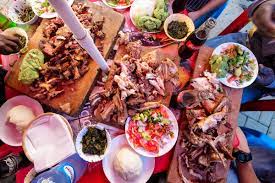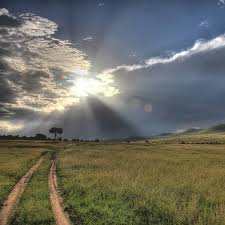Overview
Lake Bogoria is a saline, alkaline lake that lies in a volcanic region in a half-graben basin south of Lake Baringo, Kenya, a little north of the equator. Lake Bogoria, like Lake Nakuru, Lake Elmenteita, and Lake Magadi further south in the Rift Valley, and Lake Logipi to the north, is home at times to one of the world’s largest populations of lesser flamingos. The lake is a Ramsar site and Lake Bogoria National Reserve has been a protected National Reserve since November 29, 1973. Lake Bogoria is shallow (about 10 m depth), and is about 34 km long by 3.5 km wide, with a drainage basin of 700 km2.
Local features include the Kesubo Swamp to the north and the Siracho Escarpment to the east, both within the National Reserve. The lake is also famous for geysers and hot springs along the bank of the lake and in the lake. In four locations around the lake can be observed at least 10 geysers, which erupt up to 5 m high.[2] Geyser activity is affected by the fluctuations of lake level, which may inundate or expose some geysers.
Best Time to Visit
Lake Bogoria is not a conventional safari destination. The best time to visit is when there are lots of flamingos, but this is unpredictable. At most times of the year though, there are usually a good number of flamingos, which makes it worthwhile visiting at any time of the year.
Best Time June to February (Little rain)
High Season Never (Bogoria never gets crowded)
Low Season Never (Bogoria is very little visited)
Best Weather September to March (Little rainfall)
Worst Weather April to August (Wettest months)
September to February –Dry Season
- It is sunny and dry
- Flamingos are usually present
- There tends to be dust in the sky and the scenery isn’t as clear
March to August –Wet Season
- Skies are clear of dust and the reserve is green
- Flamingos are usually present
- Bird watching is excellent and migratory birds are present
- April can be very wet and rain might interfere with your game drive
- Scenery looks drab in overcast weather
Getting There
Lake Bogoria is located 250km/155mi from Nairobi. Bogoria is mostly visited as a side trip from Nakuru. The lake is more frequently visited now, because many of the flamingos that left Lake Nakuru, due to unsuitable conditions, made Bogoria their new home. You can either join a safari in Nairobi or rent a car and visit Lake Bogoria independently. The southern entrance to the reserve is located 38km/23mi north of Nakuru – a 4WD is essential. The sealed road from Nakuru to the northern entrance is 150km/93mi. Most visitors to Kenya come through Nairobi, which is one of the largest transport hubs on the continent. International flights arrive in Jomo Kenyatta International Airport (NBO), 15km/9mi southeast of Nairobi.
Activities
The main attractions are Flamingos – the clouds of pink
They are the huge flocks of flamingoes who visit the still waters of the lake to feed on the algae. Since the lake has no outlet, it is saline and therefore a lot of blue and green algae, which forms different shades of the lake too apart from the pink of the flamingoes.
Fascinating phenomenon of the hot springs
Much more is the fascinating phenomenon of the hot springs, an indication that molten rock does not lie far below the earth’s surface. The lake has around 200 hot springs in total but has some large of these on one side of the lake. By the time it spurts off the ground, the water has reached over 94 degrees after circulating at great depth in the rock fractures. It is hot enough to boil an egg.
There is wildlife in the reserve
The greater Kudu (king of the antelopes) can be seen across the woodlands or spotted resting under acacia trees. The Burchell’s Zebra, impalas, gazelles warthogs can be seen on the plains. Vervet monkeys and olive baboons can be seen around the hot springs and campsites and the predators such as leopard, spotted hyenas and mongooses are hots of the reserve too.
Birds too are found in the reserve
The grey crowned crane is most elegant of birds and will be seen engaging in courtship dances when they gather in flocks during the breeding seasons where numerous pairs and mate-seeking adults assemble. Common ostrich are plentiful on the lake shores, around the swamps are the black-headed herons, sacred ibis and hadada. Few water birds are at the lake because it is highly saline
Uniqueness
They are the huge flocks of flamingoes who visit the still waters of the lake to feed on the algae. Since the lake has no outlet, it is saline and therefore a lot of blue and green algae, which forms different shades of the lake too apart from the pink of the flamingoes.

